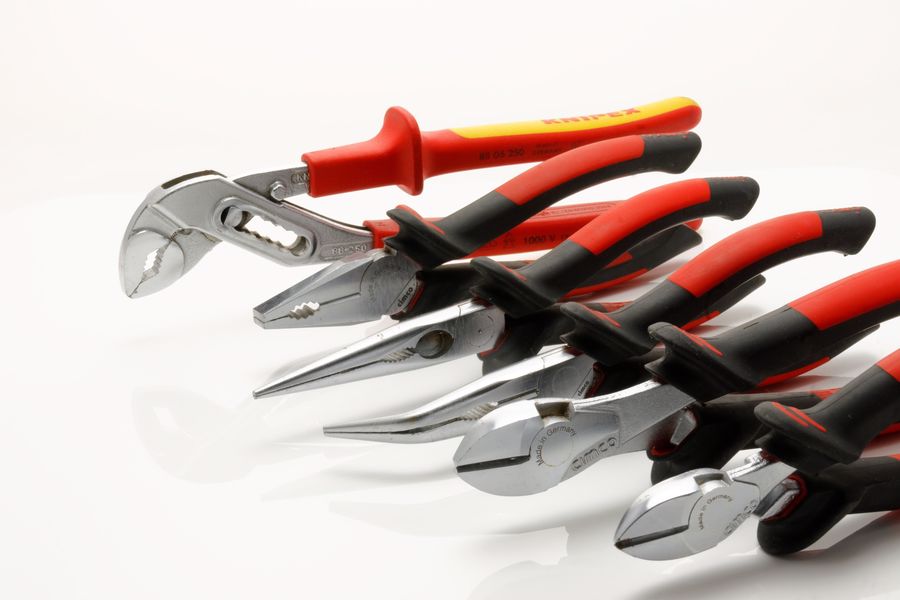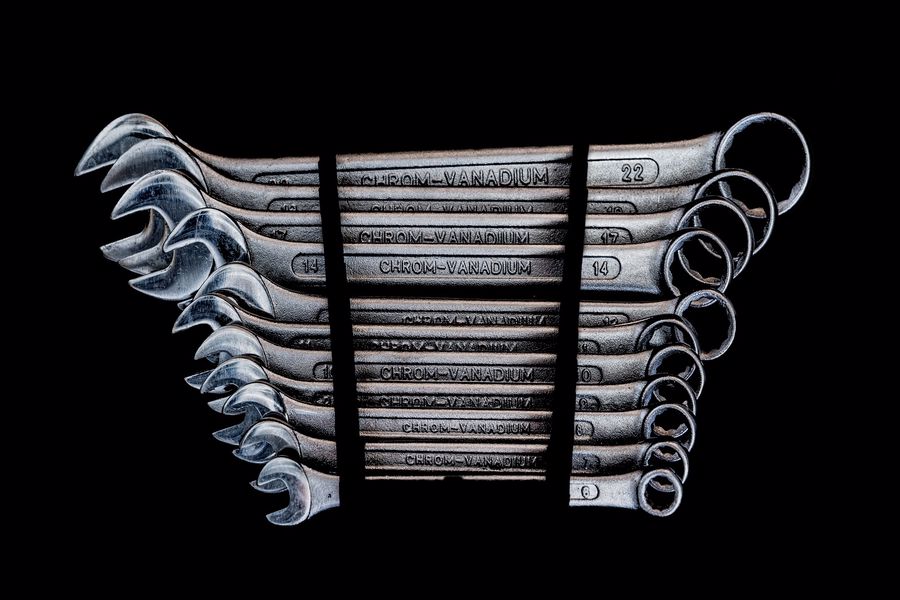As an Amazon Associate we earn from qualifying purchases.
Do you miss out on a wrench to carry out your bolt tightening application? If yes, then you are definitely up for some improvisation. It is better to look for some household tools that can replace a wrench for your immediate application.
People have questions about whether they can use pliers as an alternative to wrench for immediate bolt or nut handling jobs. Let’s find out the answer.
Can I Use Pliers Instead Of A Wrench?
Yes, you can use pliers instead of a wrench for tightening, loosening, or handling the bolts, nuts, and pipes. But this should not be on a regular basis, especially for the same bolts and nuts. Everyday use of pliers might strip out the bolt threads due to their flexible jaws, putting up a high chance of slipping out.
The corners might also get rounded off! But for the sake of immediate use, you can definitely use pliers instead of a wrench.

It is better for you to know details about pliers, to learn about which type to use and which one you should avoid. If you intend to know, “Can I use pliers instead of a wrench?” then you need to understand these tools in brief. And this article is about to help you with that!
Know About The Different Types Of Pliers
Here is the list of different plier types that are very commonly preferable for diverse applications. In this section, you will learn about some of the common types, out of which there are a few that can be an ideal choice in place of a wrench.
- Hose-Clamp Pliers
Hose-clamp pliers come with a peg-shaped tooth over their jaws. These pliers are for compressing or clamping the spring and hose clamps. The sole purpose of these pliers is to make the connection tighter between the hoses.
- Needle-Nose Pliers
These types of pliers have pointed tips and are very much elongated. This versatile tool is mainly preferred for electrical works, wire twisting, fishing, wire bending, jewelry, etc.
- Pipe Pliers
These pliers are also known as groover & tongue pliers or channel lock pliers. Also, these pliers are adjustable and can open up to more comprehensive positions. It is preferable for handling pipes and plumbing applications.
These are one of the most crucial pliers that can be handy while turning large bolts or nuts. You can make use of this plier as an immediate alternative for wrenches.
- Locking Pliers
Locking pliers are also popularly known as Vise-Grips. There is an endless list of uses and applications of this plier type. It is lockable around particular objects such as pipes, nuts, bolts, and other such parts, giving a stronger grip for further steps. The most common use of locking pliers is to treat the rusted or stubborn nuts and bolts.
- Slip-Joint Pliers
It is a plier with a slip joint and has an adjustable pivot for widening the jaws. It is similar to pipe pliers, but the widening is quite restrictive in this plier type. In fact, it can grip smaller pipes, bolts, and nuts effectively. Moreover, it is also helpful for looping & cutting wires and soft nails.
These are just a few of the many types of pliers available for different applications. The purpose of this section was to make you aware of some common plier types, out of which few are usable for bolt and nut handling. To know more about all the other types of pliers, and their uses, refer to this informative article!

Steps To Use A Plier To Remove A Bolt, Instead Of A Wrench
For a better explanation, this example here will be focusing on using locking jaw pliers. The steps include:
- To begin with, you must go to your nearest hardware store and buy a locking jaw plier. If you don’t want to buy it, you can always rent it! You need to be aware of the size of the bolt that you want to remove and then look for the size of plier that you need to buy.
- Place the plier’s top jaw over the nut, then clamp the lower jaw onto the bolts to grip it. Most of the bolt’s part should be under the top jaw to ensure a tight grip!
- For locking pliers, there is usually a bolt on the back end of those pliers. Turn it in a clockwise direction to tighten the grip over the bolt.
- Now, get hold of the handles, and turn the nut or bolt counterclockwise. Spray the nut or bolt with any WD-40 oil to lubricate the threads for easy removal.
- Loosen the bolt, and then you can release the plier strain and twist it by hand to take it off.
Related Questions
Can I File Two Ends Of The Bolt Or Nut To Make The Plier Compatible?
Yes, you can file two opposite edges of the nut to get a flat base for easy gripping of the pliers. Bolts or nuts are not plier ready. Therefore, filing off opposite edges will make the bolt easy for you to handle with different compatible pliers.
Are Pliers And Wrenches The Same?
The applications of pliers and wrenches do overlap with one another, but they are not the same tools. Wrenches are preferable for twisting and turning the nuts, bolts, and pipes specifically. But the pliers are preferable for folding or bending things. So, their applications do cross paths at some instance in every workshop!
Conclusion
Now, you are well-versed in the fact that you can use pliers instead of wrenches in most applications, especially for removing bolts and nuts. But the choice of the right kind of plier is essential to save the threads of those nuts. In addition, some pliers and wrenches are fully compatible to be used over pipe fittings, without the necessity of any alterations.
So, go on and try using a plier instead of a wrench right away!

